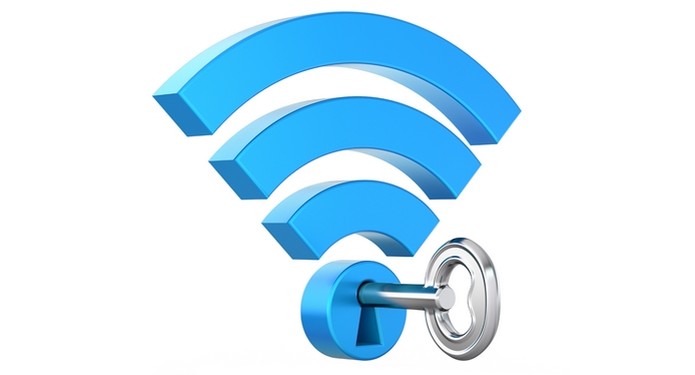Cómo configurar el firewall de windows y usar un vpn seguro en wi-fi
Here are a few tips to help you secure your Wi-Fi network and protect yourself from potential security threats:
1. Choose a Strong Password:
One of the easiest and most effective ways to secure your Wi-Fi network is by setting a strong password. Avoid using common, easily guessable passwords like "password" or "123456". Instead, create a unique and complex password that includes a combination of letters, numbers, and special characters.

2. Enable Network Encryption:
Encrypting your Wi-Fi network adds an extra layer of security. Make sure to choose either WPA2 or WPA3 encryption protocols as they offer better security compared to outdated protocols like WEP or WPA. Encryption will help protect your network from unauthorized access and keep your data safe.

3. Change Default Network Name (SSID):
Most Wi-Fi routers come with a default network name, also known as SSID (Service Set Identifier). Hackers can easily identify the router model and use default credentials to gain unauthorized access. To secure your network, change the default SSID to a unique name that does not reveal any personal information.
4. Enable Firewall Protection:
Activate the Firewall feature on your router or computer to add an extra layer of protection. Firewalls monitor incoming and outgoing network traffic, blocking potential threats and unauthorized access attempts. This will help secure your Wi-Fi network from various cyber threats.
5. Regularly Update Firmware:
Keep your Wi-Fi router's firmware up to date. Manufacturers often release firmware updates that include security patches and bug fixes. Updating your firmware will ensure that your router is protected from the latest vulnerabilities and exploits.
By following these tips, you can ensure that your Wi-Fi network remains secure and protected. With the ever-increasing number of connected devices, securing your Wi-Fi network has become more important than ever.
Remember, a secure Wi-Fi network not only protects your personal information but also prevents unauthorized individuals from using your network, ensuring a faster and more reliable connection for you and your family.
Recipe Ingredients:
- Strong Password
- Wi-Fi Router with WPA2 or WPA3 Encryption
- Computer or Router with Firewall Protection
- Regular Firmware Updates
Recipe Instructions:
- Choose a strong password for your Wi-Fi network.
- Access your router's settings and enable WPA2 or WPA3 encryption.
- Change the default SSID to a unique name.
- Activate the Firewall feature on your router or computer.
- Regularly check for firmware updates and install them.
With these simple steps, you can secure your Wi-Fi network and enjoy a safe and reliable online experience.